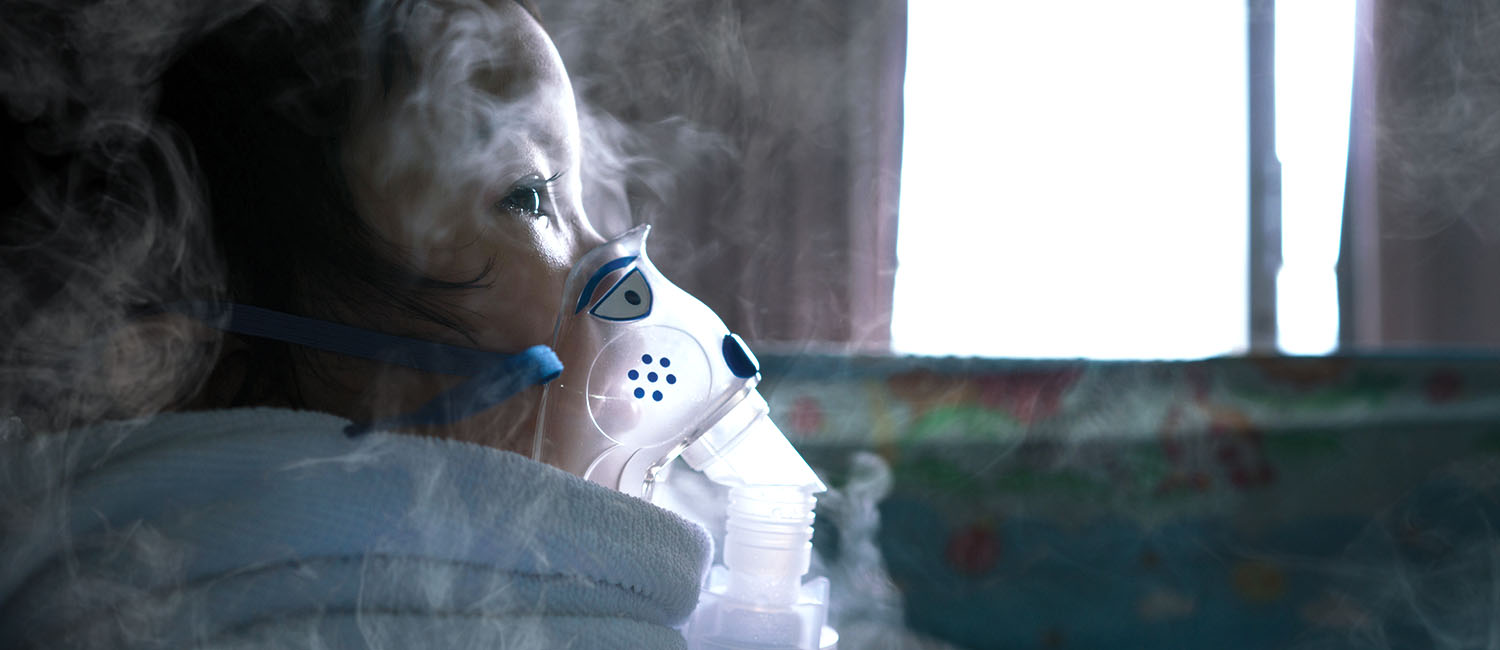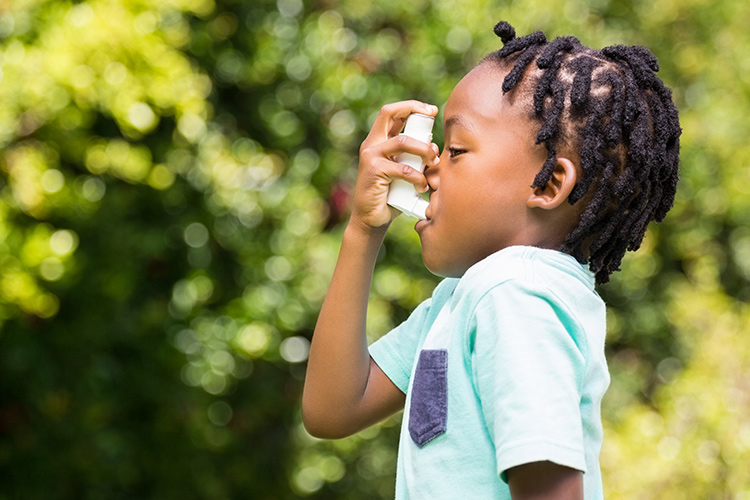
Healthier air for children at day care
Asthma ranks third among the reasons why children younger than 15 are hospitalized, and it accounts for millions of missed school days every year. Although the disease has no cure, it’s manageable with proper treatment and preventive measures.

Those measures include educating caregivers about common airborne triggers for allergic asthma. Anne Dressel, an assistant professor in the College of Nursing, is studying how such efforts can lead to improved air quality at places where many young children spend much of their time – day care centers.
The study – a collaboration between the College of Nursing, the nonprofit organization Fight Asthma Milwaukee Allies, and the Medical College of Wisconsin – focuses on care centers used primarily by low-income African-American and Latino families. Education on airborne asthma triggers is especially important in economically distressed urban communities, as they bear much of the burden of childhood asthma. In Wisconsin, Milwaukee County has the state’s highest rate of emergency room visits for pediatric asthma. And the city of Milwaukee’s rate is 50 percent higher than the county’s.
The researchers want to reduce two groups of airborne allergens that can trigger asthma: residues of aggressive cleaning products and those of insecticides. So nursing students on Dressel’s team help train caregivers in green cleaning practices and pest management approaches that reduce the prevalence of airborne allergens. For example, state regulations require the use of bleach at day care centers, but caregivers learn how a diluted solution can achieve the necessary disinfection.
Using affordable, consumer-grade air quality monitors installed at the day care centers, researchers compare air quality before and after the training. The monitors cost about $200, and through a smartphone app, air quality information is displayed on-site and stored remotely on a computer server. The team expects to have early results in the spring.
“I’m excited that some of our nursing students are delivering the education as part of their practicum,” Dressel says. “It’s so important for them to see that helping people make behavioral changes can have a much bigger impact on a child’s health than treating that child at the clinic.”
The pilot study is part of the Westlawn Partnership for a Healthier Environment, which the UWM College of Nursing founded in 2008. The Westlawn neighborhood in northwest Milwaukee includes Wisconsin’s largest public housing project. The study is funded by the National Institutes of Health via the Clinical and Translational Science Institute of Southeast Wisconsin.
